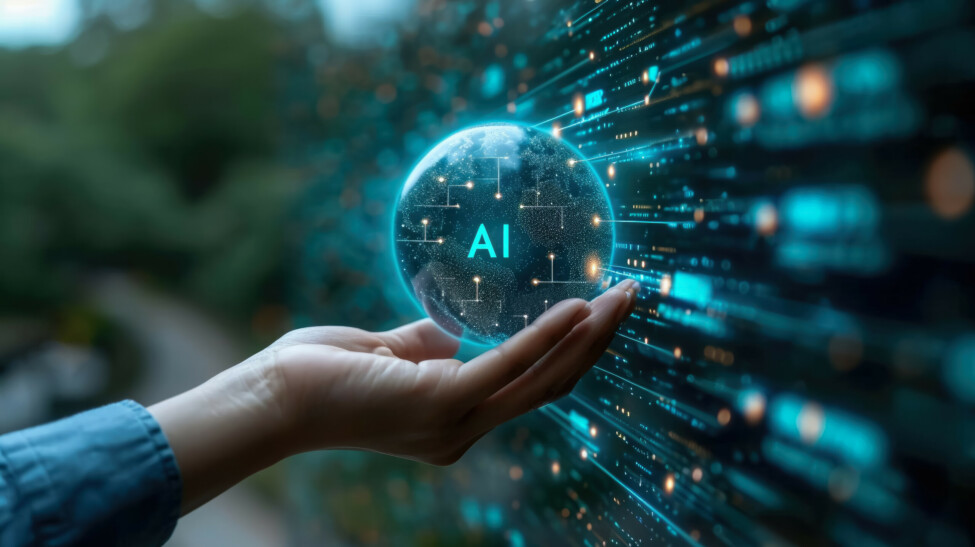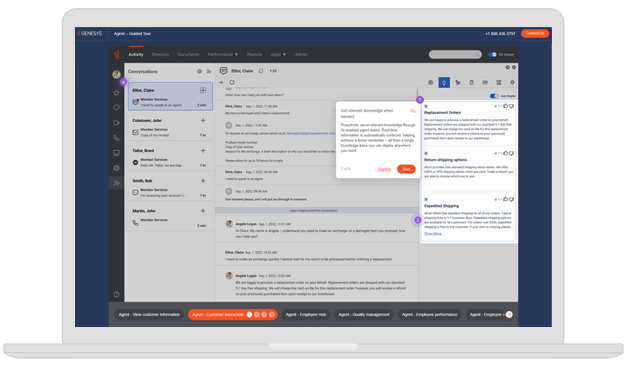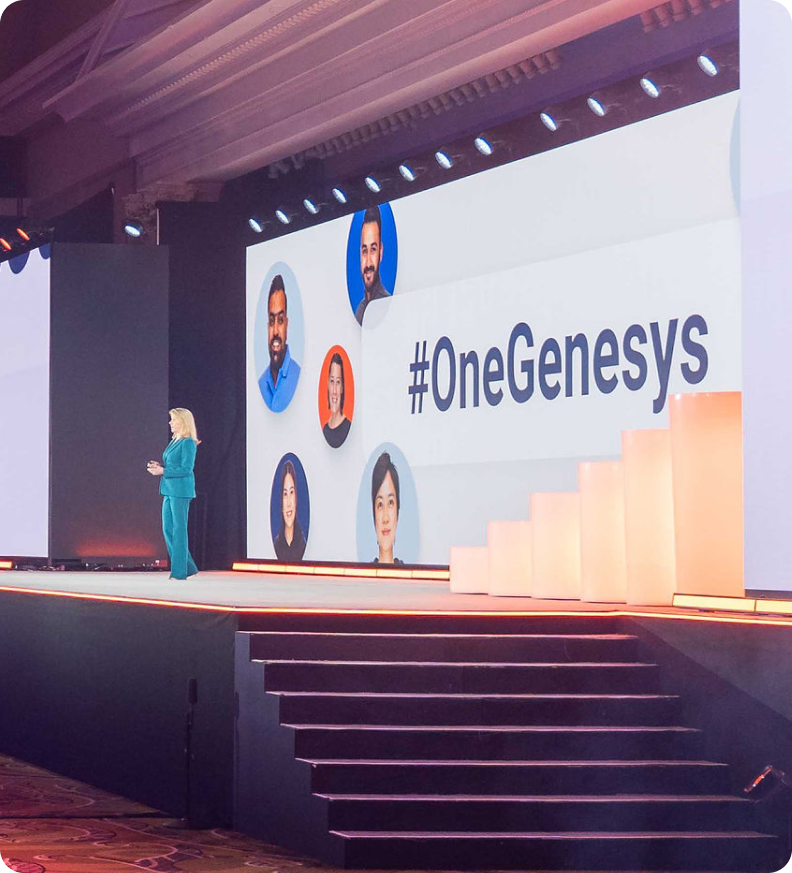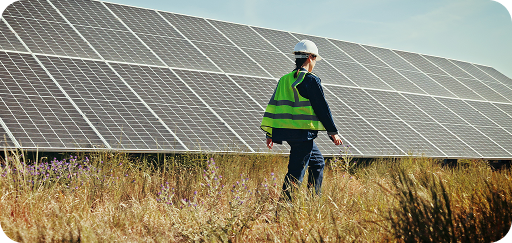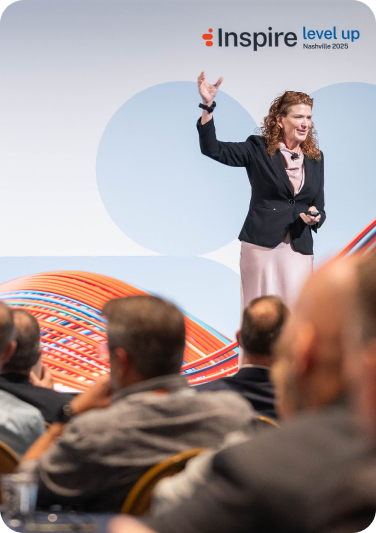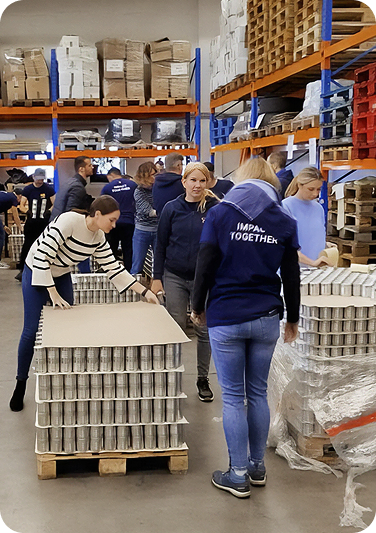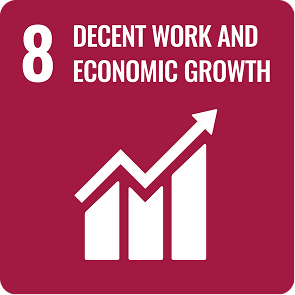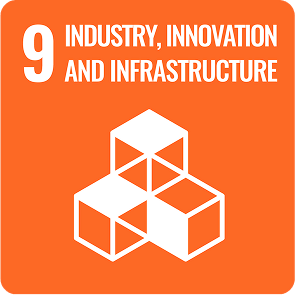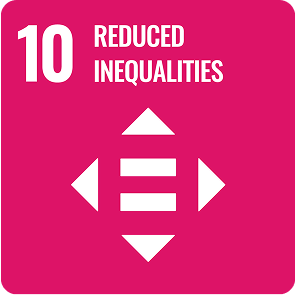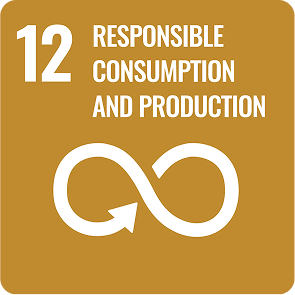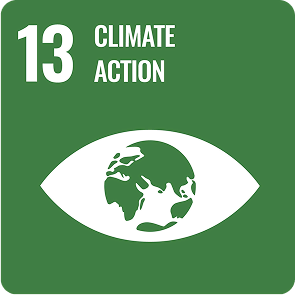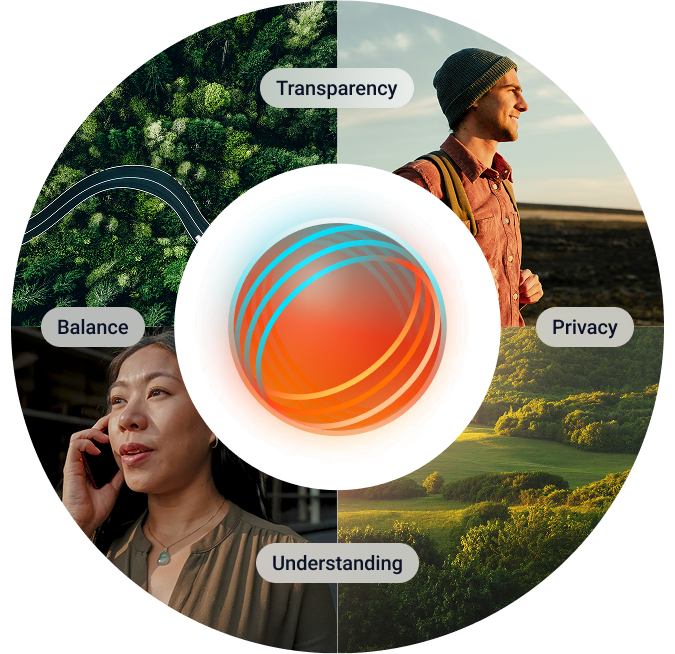About our Sustainability Report
The metrics on this page are excerpted from our fiscal year 2025 sustainability report, which includes updates on our sustainability strategy, performance and related metrics, and should be read in conjunction with the full fiscal year 2025 sustainability report, covering the period from February 1, 2024, to January 31, 2025, with additional information on activities, where appropriate, through June 2025. Unless indicated or the context requires otherwise, all metrics cover our fiscal year 2025.
The goals and projects described on this page and in our sustainability report are aspirational; as such, no guarantees or promises are made that these goals and projects will be met or successfully executed. Furthermore, data, statistics and metrics included on this page and in our report are non-audited estimates, not prepared in accordance with generally accepted accounting principles (GAAP), continue to evolve and may be based on assumptions believed to be reasonable at the time of preparation, but should not be considered guarantees and are subject to future revision.
Genesys Cloud operations neutrality statement*
Genesys calculates the annual emissions from the operations of Genesys Cloud based on (i) the estimated annual emissions from Genesys Cloud AWS usage and its internal IT computing on AWS using the AWS Customer Carbon Footprint Tool, plus (ii) the estimated annual emissions of Genesys Cloud Edge devices which manage connections between phones, SIP trunks, telephony gateways, Genesys Cloud, and third-party systems. We apply carbon credits purchased from Rubicon Carbon against these annual emissions, resulting in a carbon-neutral footprint for our Genesys Cloud operations. ”Emissions from Genesys Cloud AWS usage“ include direct emissions from operations and indirect emissions from producing the electricity used to host Genesys Cloud. Emissions from all commercial agreement types (i.e., cloud, subscription and license) are included. Emissions from research and development performed on AWS platforms, such as development, testing and demo systems, are included. Emissions from electricity from use of third-party tools, hardware used by developers and upstream activities such as R&D-related travel are excluded. Emissions from reselling telecommunications services are excluded. Emissions from software integrations resulting from Genesys’ acquisitions are included once their systems are internalized on AWS.
Forward-looking statements
Statements of future events or conditions on this page, including those that concern future circumstances and results and other statements that are not historical facts and are sometimes identified by the words “may,” “will,” “should,” “potential,” “intend,” “expect,” “endeavor,” “seek,” “anticipate,” “estimate,” “believe,” “could,” “project,” “predict,” “continue,” “goal,” “target” or other similar words or expressions, are forward-looking statements. Forward-looking statements are based upon current plans, estimates and expectations that are subject to risks, uncertainties and assumptions. Should one or more of these risks or uncertainties materialize, or should underlying assumptions prove incorrect, actual results may vary materially from those indicated or anticipated by such forward-looking statements. The inclusion of such statements should not be regarded as a representation that such plans, goals, targets, estimates or expectations will be achieved.
Important factors that could cause actual results to differ materially from such plans, goals, targets, estimates or expectations include, among others: changes in economic, political and business conditions; epidemics, global hostilities, natural disasters or other significant events that disrupt normal business operations or other events beyond our control and actions by governments, businesses and individuals in response to the situation; technological advances or innovation; mergers and acquisitions or significant business model changes; unexpected delays, difficulties and expenses in executing against our goals set forth on this page or in the report; and changes in laws or regulations, including those related to climate initiatives. The forward-looking statements on this page and in the report are made as of the date of the FY25 Sustainability Report, unless otherwise indicated. We undertake no obligation to update these forward-looking statements to reflect subsequent events or circumstances.
